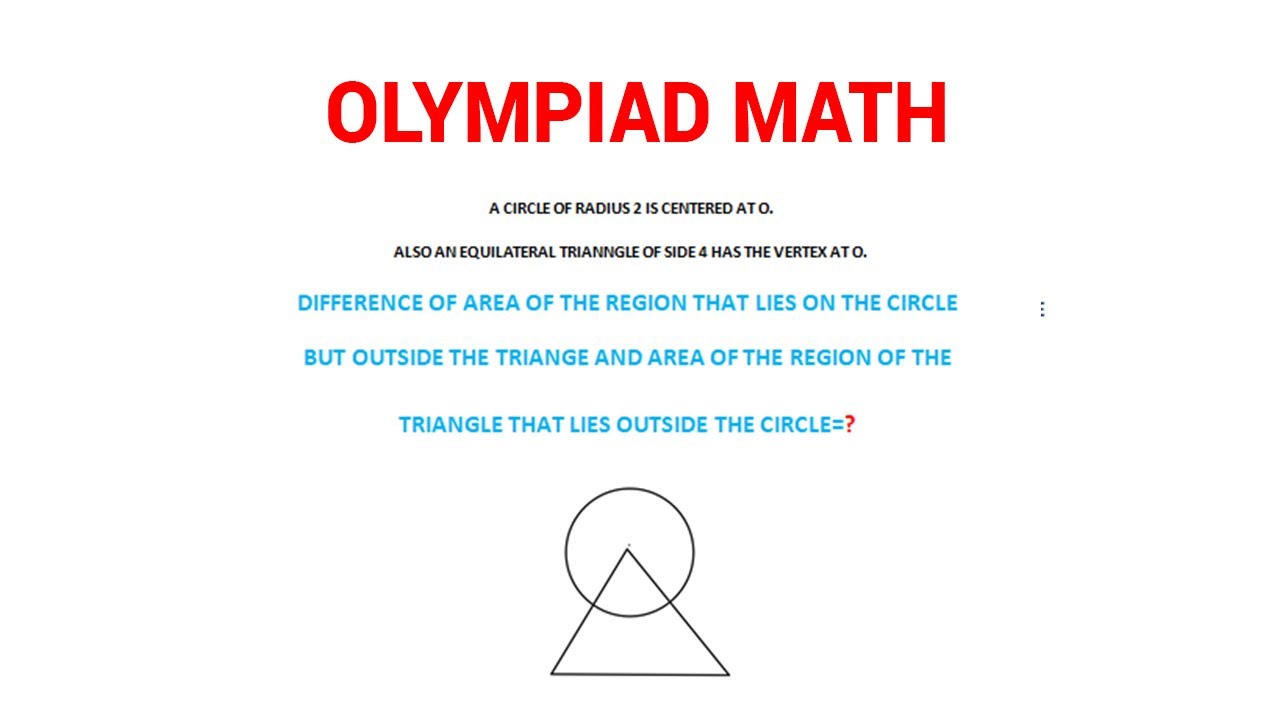Trigonometry, the branch of mathematics that deals with the relationships between angles and the sides of triangles, often finds its applications in various fields like physics, engineering, and even everyday life. In this blog post, we’ll embark on a journey to explore trigonometric values by finding the product of three specific sine values: sin (20), sin(40), and sin(80). These values may seem arbitrary at first, but as we dive into the world of trigonometry, you’ll discover the elegance and usefulness of these calculations.
Trigonometric Background:
Before we calculate the product of sin(20), sin(40), and sin(80), let’s briefly review some fundamental trigonometric concepts.
Sine Function (sin): The sine function (sin) is a fundamental trigonometric function that relates the angle of a right triangle to the ratio of the length of the side opposite the angle to the length of the hypotenuse. In other words, for a right triangle with an angle θ, sin(θ) is equal to the length of the side opposite θ divided by the length of the hypotenuse.
Sum-to-Product Identity: We will use the sum-to-product trigonometric identity for sine, which states that sin(a + b) = sin(a)cos(b) + cos(a)sin(b). This identity allows us to express sin(80) in terms of sin(20).
Solution
Calculating Sin(20) * Sin(40) * Sin(80):
Now, let’s proceed to calculate the product of sin(20), sin(40), and sin(80):
1/2[ 2sin80 + sin40] sin20
½[cos(80-40)- cos (80+40) *sin20
½[ cos 40 – cos 120] * sin20
½ [ cos40 * sin 20 – cos 120 *sin 20]
For a complete solution, Watch the above video.
Conclusion:
In conclusion, trigonometry is a fascinating mathematics branch with practical applications in many fields. This exercise showcases the beauty of mathematics and its ability to help us understand the world around us, from the motion of planets to the design of buildings. Whether you’re a student learning trigonometry or a professional using it in your work, these fundamental concepts continue to play a crucial role in our lives.



